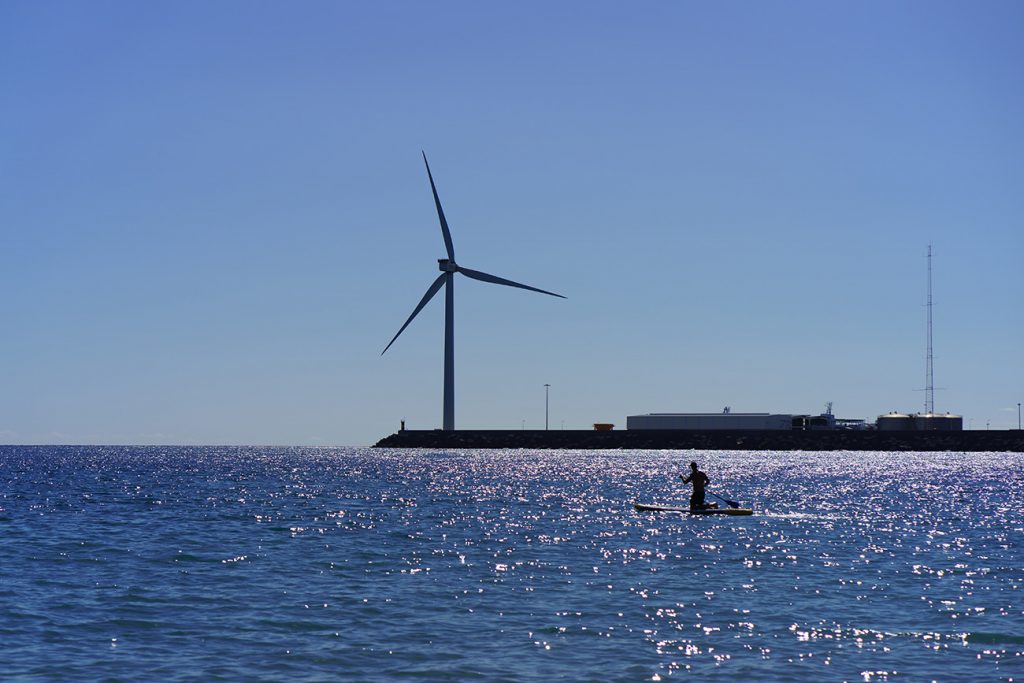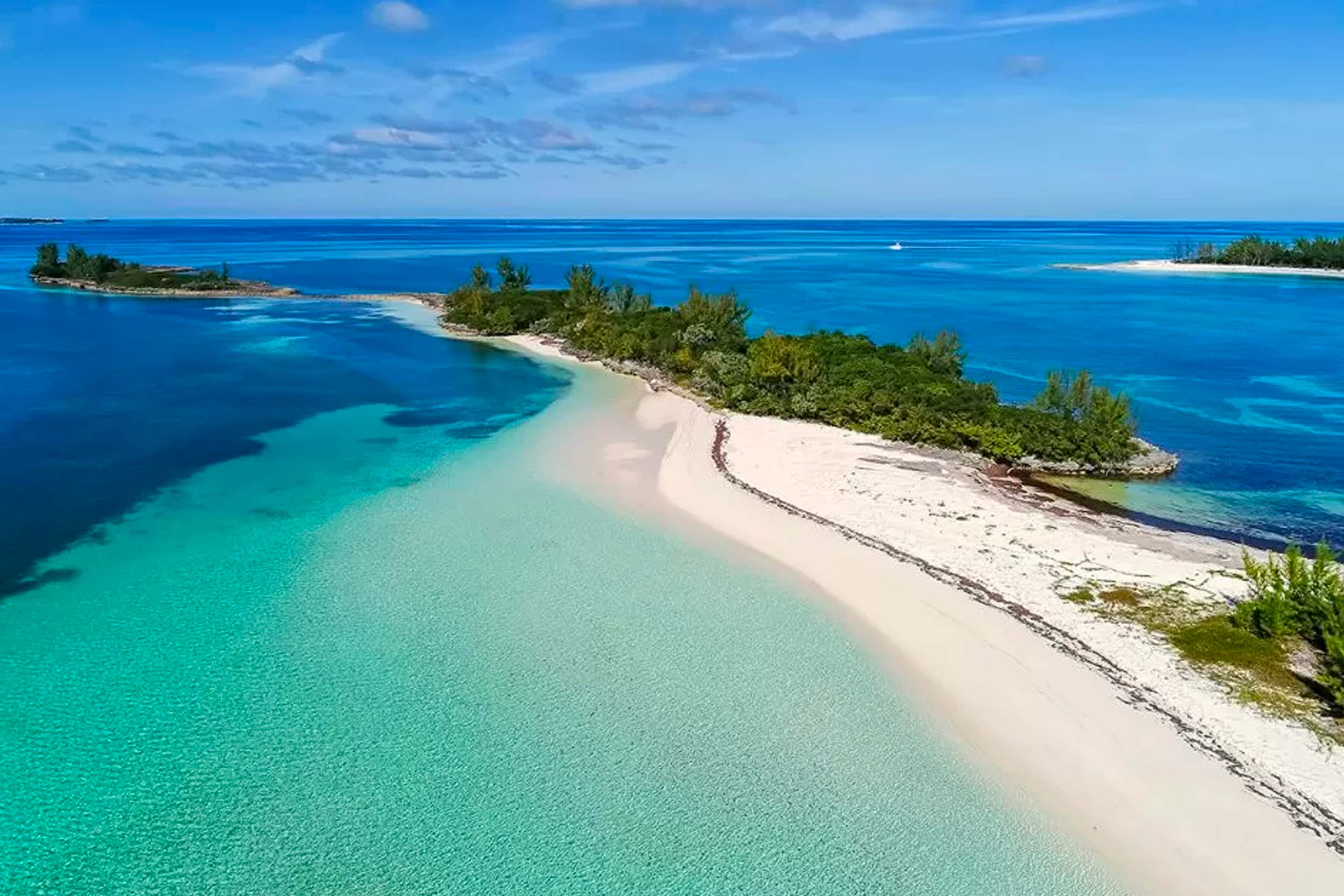It’s easy to take electricity for granted – flick a switch and the light comes on. But it’s only easy because most countries have national power grids. Life on a remote island isn’t so simple, and that’s where the microgrid concept comes in. Using the internal combustion engine and other self-sufficient power sources, islanders on even the most remote outcrops can enjoy the benefits of year-round electricity.
A microgrid is a self-sufficient energy source that’s generally designed to serve local power needs. Despite the name, there are no constraints on size, with the ability to connect clusters of microgrids to create larger, more powerful, systems. A microgrid could provide power to just a couple of homes, or it could also be used to provide electricity to thousands.
What microgrids do generally have in common, however, is the fact that they tend to be decentralized and self-contained, making them the perfect power source for more remote locations.
Microgrids can generate electricity using sustainable technologies such as wind and solar power. Once generated, the electricity can be stored onsite using battery packs, which can be scaled up or down depending on requirements, providing consistent and reliable power to local households.
Ragged Island, a small landmass in the southern Bahamas, is one such example, with the island turning to microgrid power after 2017’s Hurricane Irma. The island has installed the Bahamas’ first renewable energy microgrid, comprising a 390 kilowatt (kW) solar array with 3,000 kWh of battery storage.
Solar power is ideal for places like Ragged Island, due to its location and weather conditions, and the use of renewable energy also reduces reliance on imported fuels. Such a system can be expensive to purchase and set up, however, and parts and maintenance remain a challenge in more remote areas of the world, not least when it comes to finding available mechanics capable of carrying out upgrades and repairs.
Although the use of renewable energy is becoming increasingly popular when it comes to microgrids, most systems also rely on internal combustion engines as a backup. After all, the sun doesn’t shine 24/7, there are breaks in wind, and even hydro-power can be problematic. Thankfully, just like local and national power grids, which have generators capable of providing power during unscheduled downtime, microgrids can also rely on internal combustion engines, generally assisted by turbochargers, to provide power at any time.

How internal combustion is playing a part
There’s reason that internal combustion engines have proved enduringly popular when it comes to power generation – even if it is in a backup role. Engines are comparatively affordable and easy-to-maintain, and they can used almost anywhere on the planet as long as it’s possible to access fuel. They also offer a host of benefits over more sustainable options, at least in the short term.
Engines are not dependent on specific weather conditions, for starters. They can be used all year round, at any time of day, and perhaps most importantly, it’s also easy to find local mechanics capable of carrying out maintenance. Parts availability for diesel engines is also generally very good.
Whether powered by internal combustion, solar power, wind power or other alternative solutions, microgrids can also be useful in other situations. Along with island power, microgrids are ideal for supplementing local electricity networks in areas that simply need a little help.
Giving back to the grid
Along with an ability to be self-contained, it’s possible to connect microgrids to the local power distribution network. This offers several advantages. The microgrid can continue to supply power to the area in the event of a local power outage, for example. It can also supply electricity back to the main grid when required. Or it can simply offer alternative power options during different times of the day.
The Dutch island of St. Eustatius in the northeastern Caribbean is a great example, with a 4 megawatt (MW) solar microgrid and 5.3 MWh of battery storage providing power to 4,000 residents during the day, before the island switches to power generated by internal combustion after 7pm.
The future’s also looking a lot greener for microgrid power generation, with internal combustion continuing to play a supporting role alongside renewable energy. Internal combustion engines can already run on more environmentally friendly biofuels, before making the switch to more sustainable alternative fuels, including hydrogen, in the longer term, mirroring other sectors such as the maritime industry.
Whatever route is taken, ABB Turbocharging will be there, offering the expertise and components to make engines more efficient.














